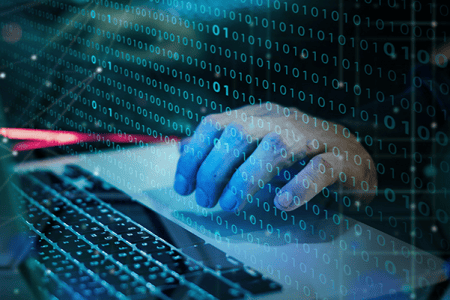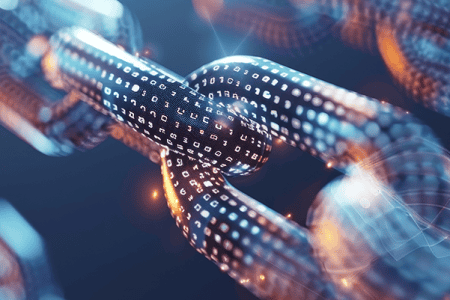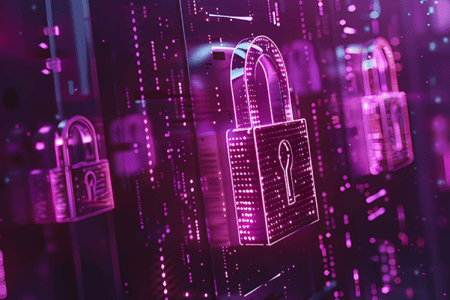
If you think it can’t happen to you, think again. Don’t get held for ransom.
With the proliferation of data-driven digital business growing at an exponential pace, so is the pace of cyber security threats and attacks, such as ransomware. In fact, according to Cybersecurity Ventures, the global cost of ransomware is predicted to reach $11.5 billion in 2019. Cyberattacks can cost a company $1.4 Million on average in recovery when you add in the cost of lost productivity, reputation damage, and service disruption. With over 850 million ransomware infections detected in 2018, recent studies show that attacks are increasing more than 300% year over year. Are you at risk?
Cyber criminals are getting more and more savvy at designing malicious software that can gain access to files and encrypt data by generating a private-public pair of keys. Once the data is encrypted by the attacker, it’s impossible to decrypt without the private key which is stored on the attacker’s server until the ransom is paid. Unfortunately, in many cases even after a company pays the ransom, the attackers never provide the decryption key leaving victims without their money or their files. Recent advancements in encryption technologies, coupled with the ease with which hackers can conceal their identities, has resulted in an increase in the number of them adopting a ransomware strategy.
How does it happen? And to whom?
So, what’s the most common entry point? Often, it’s phishing emails that are difficult to detect from authentic emails. As cybercriminals leverage more intelligent methods of attack, the need for protection becomes more crucial. And while having suitable antivirus and security software that is kept up to date is a great starting point, things like Zero-Day Malware that is becoming more common means that anti-virus software does not necessarily provide any guarantee of protection against this threat.
Everyone is at risk for a ransomware attack. However, recent trends show that hackers are moving toward attacks on companies that heavily rely on data to drive their digital business. In addition, the threat is higher in more affluent countries to maximize the ransom paid. Read the ransomware data sheet to see which industries and countries are the biggest targets for attackers.
Getting protected
To avoid and mitigate the threat, you must have good cyber hygiene and regular data protection backups that are regularly tested. But even that isn’t effective unless you have a solution that eliminates time gaps in data protection so that, in the event you are attacked, you can rewind to a point in time just prior to the attack and not risk losing your valuable data. Also, having an effective communication plan that educates end users consistently about the dangers of suspicious emails and maintaining awareness is critical.
Zerto is purpose built for mitigating the threat
Zerto’s IT Resilience Platform is designed with hypervisor-based replication for continuous data protection that can rewind your systems to the last point-in-time before the infection struck, to within a matter of seconds. With Zerto, you can not only restore entire applications and databases with consistency but gain the granularity to restore individual file-level objects from just seconds ago.
Watch the video below to see how Zerto works to mitigate the ransomware threat.



